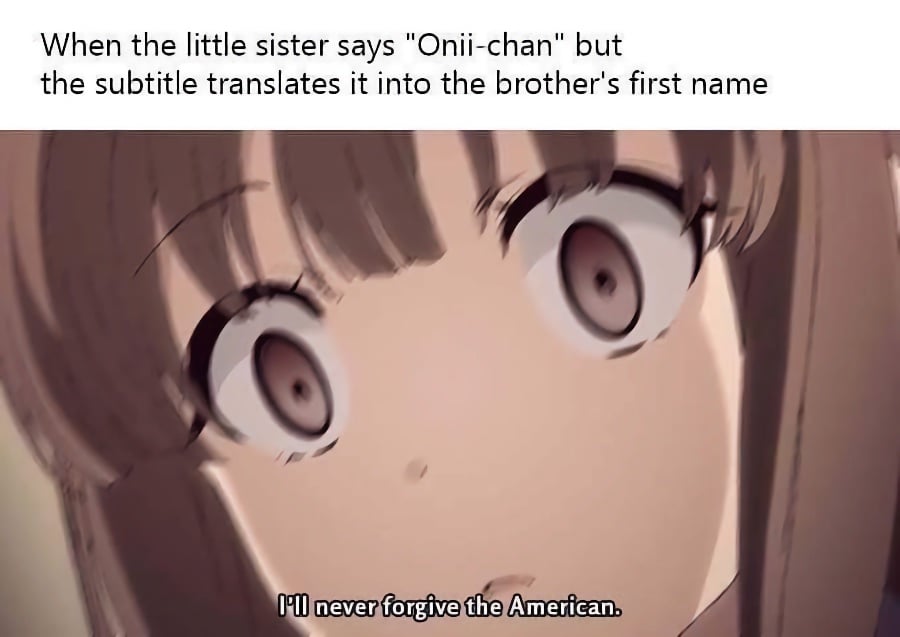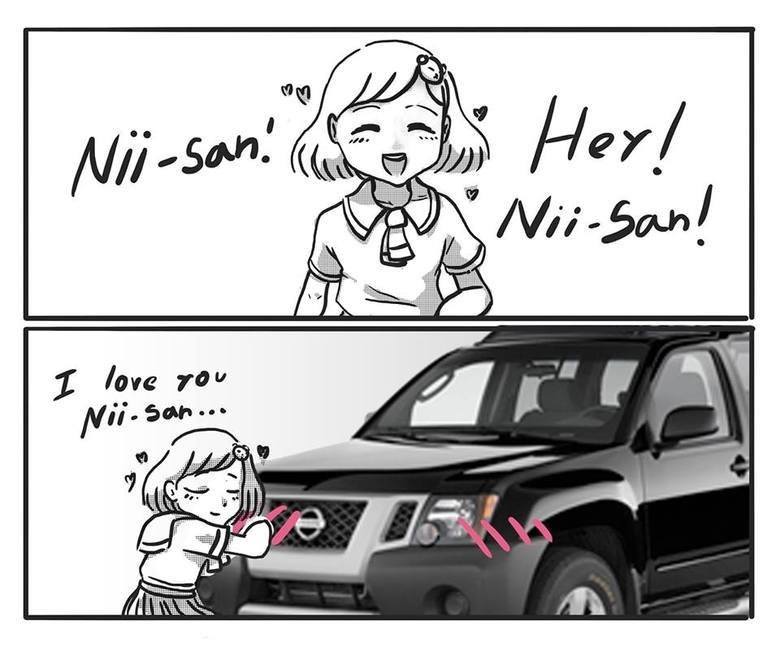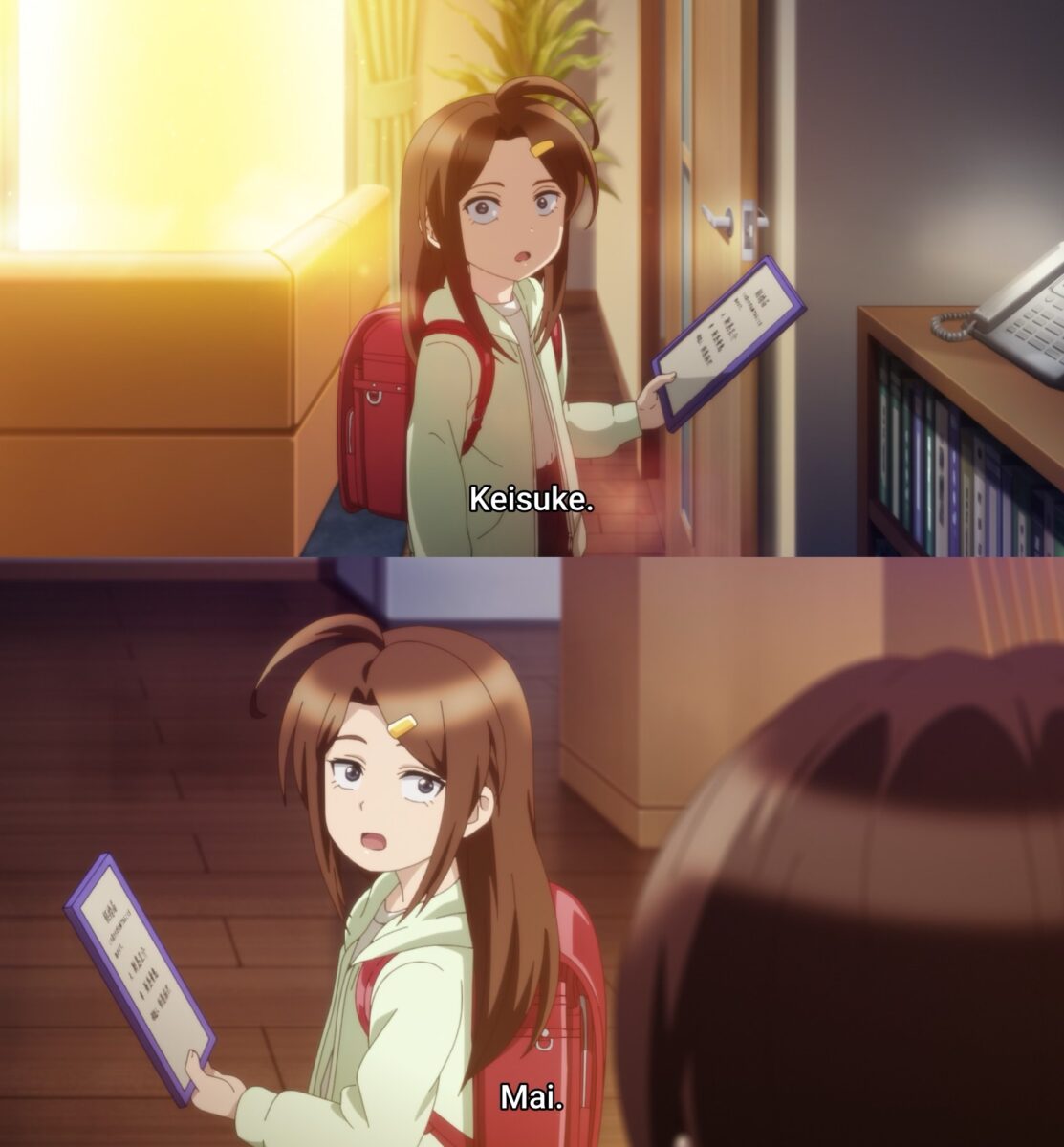How do you feel when you’re watching anime and a character uses an honorific like “Onii-chan,” but the subtitles use the character’s name instead? Let’s explore why some fans get angry when translators don’t follow Japanese naming conventions in their translations, and whether they might be overreacting!
Happy New Year from your Friend in Japan, J-List! We hope 2026 is a year of happiness and peace for you. To get things off right, we’re having a huge site-wide New Year’s Sale through Jan. 6, giving you 15$ off all in-stock products. Start browsing now!

When Anime Subtitles Substitute First Names for Japanese Honorifics
Here’s the challenge: Japanese naming conventions frequently include various “name labels” that replace a person’s name, especially their first name. These include Onii-chan (older brother), Onee-chan (older sister), Senpai (an upperclassman or senior member of an organization), or Sensei (for any doctor or teacher). These terms are uniquely Japanese and often define the relationship between characters. (Note: this post contains spoilers from episode 7 of Tsumasho.)
What’s frustrating for some fans is when one of these name labels is ignored and replaced by the character’s first name, making their phrasing closer to how we speak in English. In many situations, the label the characters use with each other is part of the story, and ignoring them in favor of inserting a character’s first name would change their relationship.
For an older brother, the most common honorifics would be:
- Onii-san (お兄さん). A neutral to polite way to address an older brother or anyone who is a few years older than you.
- Onii-chan. This shows more familiarity.
- Nii-Nii, Onii, Niichan for a personalized nickname. There are endless variations that can be adopted in any family.
- Onii-sama, Aniue. These are highly formal and pretty much only show up in anime. Be careful of learning too much Japanese from anime, or you’ll talk funny!
- Aniki. This word specifically means “my older brother.” For an older sister it would be aneki.
- Nii-san. This is the car that Kirino wants to ride. Ba dum-tiss!
What five things define the Japanese language? Read this post on the subject, here!
But Wait. English Is English, and Japanese Is Japanese!
On the other hand, Japanese naming conventions are part of the Japanese language and aren’t part of English, although everyone reading this will be familiar with them. Why should some Japanese words be left untranslated when creating subtitles? I totally get this argument, too.
Some anime fans are purists who pooh-pooh attempts to make anime accessible to a wider audience. They watch Japanese with subtitles exclusively, and make memes about how bad anime dubs are. Some fans even complain about translating anime titles into English. They insist that we should use Ano Hi Mita Hana no Namae wo Bokutachi wa Mada Shiranai or Denpa Onna to Seishun Otoko instead of the easier-to-remember AnoHana: The Flower We Saw That Day or (an English title I rather like) Ground Control to Psychoelectric Girl.
My Approach to Translation
As a translator who’s been involved with publishing more than 50 visual novels through JAST USA, I’ve made plenty of decisions about how to translate from Japanese to English. I’ve always tried to balance what was good for my audience with being faithful to the original Japanese text. Sometimes I make substitutions. When characters went hunting for sansai, a vegetable that grows wild in the mountains that few outside Japan will likely know, I change the line to mushrooms. I kept the eroge title Yume Miru Kusuri but added A Drug That Makes You Dream so the title would be easier for customers to learn.
For anime to reach the widest audience, it needs to be accessible. This means providing English dubs and titles that are easy for newcomers to remember and relate to. Depending on the story and target audience, it might be appropriate to set aside Japanese naming conventions, particularly for dubs. However, a balanced approach would be ideal. Maybe subtitles should be more faithful to the original Japanese while allowing for greater flexibility and localization for the more casual English dubs?
When Japanese Naming Conventions Are Really Important to a Translation
One anime I’m thoroughly enjoying is TsumaSho, about a man named Keisuke whose wife Takae died ten years ago, only to be reincarnated in the body of a ten-year-old girl named Marika. One day, the girl’s memories of her previous life come flooding back to her, and she’s able to reunite with her family.
A year later, the girl suddenly loses her memories of her past life, reverting back to the ten-year-old Marika. She starts calling her daughter “Mai-san” and using polite Japanese with her former husband, which is appropriate for a young person to use. But in one dramatic moment, she finds her marriage license, and the memories of Takae suddenly return. We know things have changed when the ten-year-old girl calls her husband “Keisuke” and her daughter “Mai.” This is something no child would do, and thus we know that Takae has returned.
How do fans react to overly creative translations? Read This Blog Post Next!
What if the translator had insisted on only using first names in the subtitles, so that the shift from a child’s speech into a reincarnated mother wasn’t represented in the subtitles? I feel that some of the nuance of the story would have been missed.
That Time My Daughter Got Confused with Names in English
When our kids were born, I worked hard to raise them so they’d be fluent in both English and Japanese. I had the perfect background: I had studied linguistics, child language acquisition, and bilingualism in university. We ordered all our DVDs from the US, so if the kids wanted to watch Harry Potter, it would always be in English. I even imported anime DVDs from the US and watched them with my kids dubbed, pretending there was no Japanese version on the disc.
I’ll never forget the time I visited my mother’s house in San Diego with my daughter, who was about five years old. We brought out employee Yasu along with us. Naturally, my family referred to Yasu as “Yasu,” because that’s what we do in English — it’s normal to call almost everyone by their first name. My daughter was puzzled by this. She pulled me aside to ask why everyone was speaking so informally with Yasu, addressing him without -san or -kun at the end of his name. Had Yasu visited my mother’s home many times in the past, getting very close to my family?
Thanks for reading this blog post about Japanese naming conventions, and how I feel about “Onii-chan” getting replaced with the character’s first name. What do you think? Tell us in the comments below, Onii-chan! (Or Onee-chan).
Let’s Chat
You made it to the end of this post! Thank you! As a token of our appreciation, enjoy an extra 5% off your next order when you use the code BLOG at checkout. Also, don’t forget to follow J-List on all our platforms!
- Twitter / X, where Peter posts anime booba for you
- Bluesky, where we post several times a day
- Facebook, where we used to share memes and discuss anime
- Discord, if you want to chat with other J-List customers of culture
Happy New Year from your Friend in Japan, J-List! We hope 2026 is a year of happiness and peace for you. To get things off right, we’re having a huge site-wide New Year’s Sale through Jan. 6, giving you 15$ off all in-stock products. Start browsing now!



















